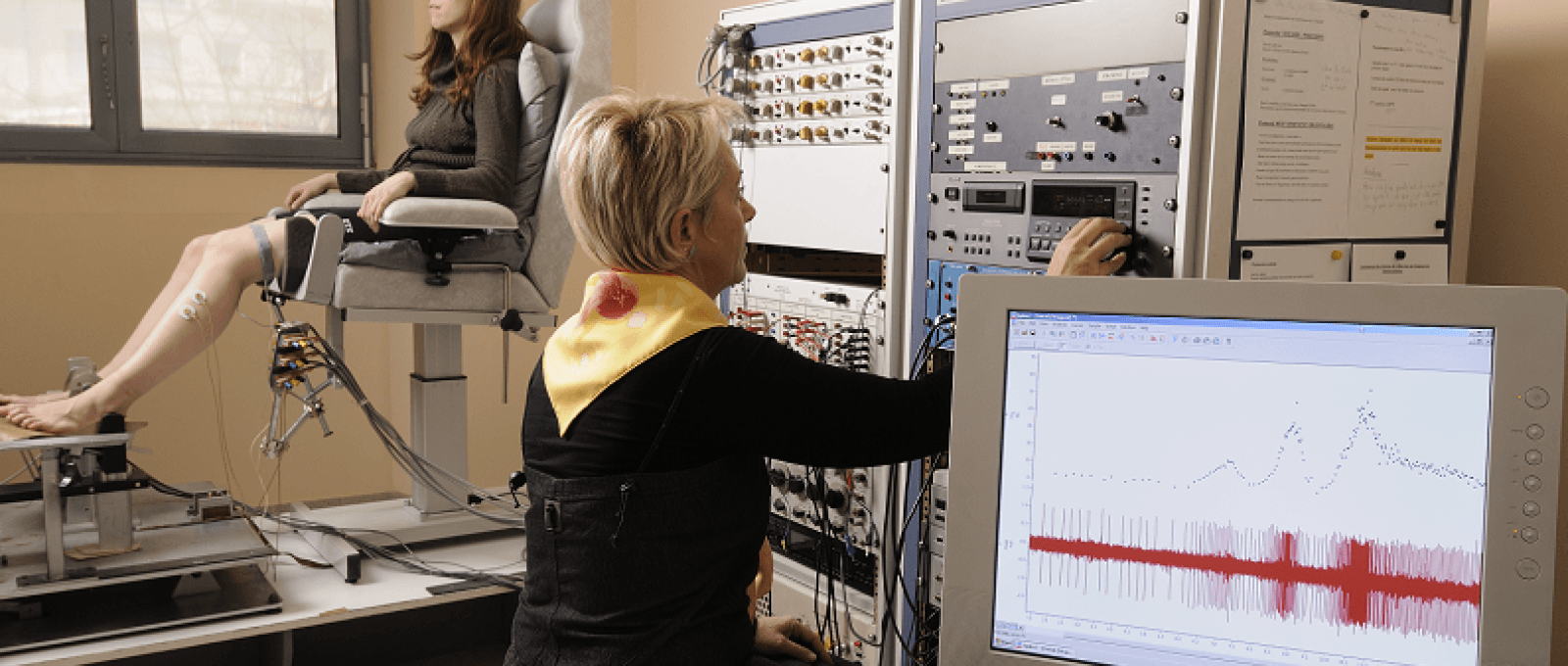Description de la soumission d'un avis

Centre for Research in Psychology and Neuroscience
Teams
Select a team
- ATYPICS - Atypical and typical Cognition in Social Context
- BasalGang - Cognition and Pathophysiology of Basal Ganglia
- BNCS - Neural Bases of Spacial Cognition
- ConTAct: Control, Timing & Action
- DePhy - Development & Phylogeny
- LaMA - Language and Music in Action
- MEMOPSY - Memory, Neurmodulation, Psychotherapy
- Multisense & Body
- ReAdapt2C - Cognitive and behavioral adaptation and readaptation
- SMP - Sens, Mouvement & Perception
- SyDyD - Sensory system, Decision and cerebral dynamics
- VESTIMED - Physiopathology of Vestibular Disorders and Therapeutic Approaches




